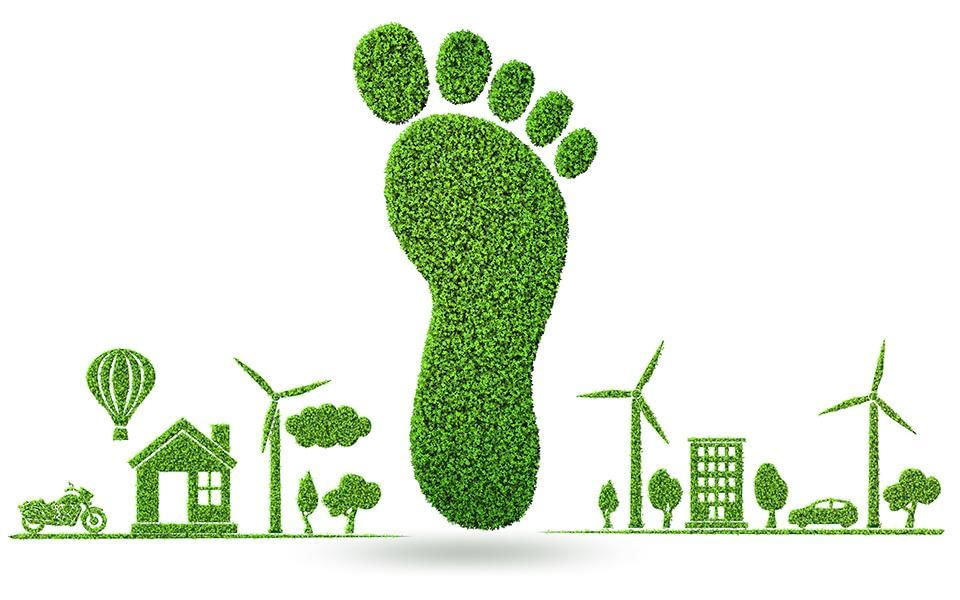The rise of remote work is one of the most transformative trends of the 21st century. Sparked by the global pandemic and fueled by technological advancements, remote work has reshaped not only how and where we work, but also the economic landscape of cities around the world.
Advertisement
Urban economies—once tightly intertwined with office-centric employment, public transportation, and dense central business districts—are undergoing structural changes. While some cities are adapting to the new reality, others are grappling with declining revenues, shrinking downtown foot traffic, and a redefinition of their economic identities.
This article explores the economic footprint of remote work on cities, including changes in real estate, small businesses, public infrastructure, tax bases, and the broader urban fabric.
A New Era of Work
Before the COVID-19 pandemic, remote work was largely considered a perk or an exception. Only a small fraction of workers—typically in tech or creative industries—enjoyed the freedom to work from anywhere. However, in 2020, lockdowns forced companies across the globe to shift operations online. What began as a temporary response quickly evolved into a lasting model.
Surveys show that remote and hybrid work arrangements are now firmly entrenched in many sectors. While some employers insist on a return to office, a significant portion of the workforce either continues to work from home full-time or splits time between home and office.
The ripple effects of this shift are far-reaching. Work is no longer tied to a central location, and as a result, the traditional economic ecosystem built around office culture is being disrupted.
The Decline of Central Business Districts
In most major cities, the central business district (CBD) was the economic heart. These downtown areas housed the highest concentration of offices, commuters, and supporting businesses—cafés, restaurants, dry cleaners, gyms, and retail stores. With remote work reducing daily commutes, many of these areas have seen dramatic drops in foot traffic.
Empty office buildings have become a common sight in cities like New York, San Francisco, and London. Office vacancy rates have climbed, commercial leases have been renegotiated, and demand for new office developments has slowed.
The impact is not limited to real estate. The businesses that thrived on daytime crowds—especially small, independent establishments—have experienced revenue drops or closures. According to various city economic reports, some downtown zones have seen weekday spending decline by more than 50% compared to pre-pandemic levels.
Shifting Real Estate Markets
One of the most pronounced impacts of remote work has been the reconfiguration of urban and suburban real estate markets. As more people gained location flexibility, there was a migration from dense urban cores to suburbs, smaller towns, or even rural areas.
This outflow has affected both residential and commercial real estate in cities:
-
Residential Rent Drops: In cities that previously had soaring rents, prices have softened. Landlords are offering concessions, and urban living is being reevaluated.
-
Suburban Booms: Conversely, areas outside major cities have experienced increased demand, rising property values, and construction activity.
-
Office Conversions: Some developers and municipalities are exploring converting underused office spaces into residential or mixed-use developments.
This geographic redistribution of the workforce raises new questions about urban planning, zoning laws, and long-term infrastructure investment.
